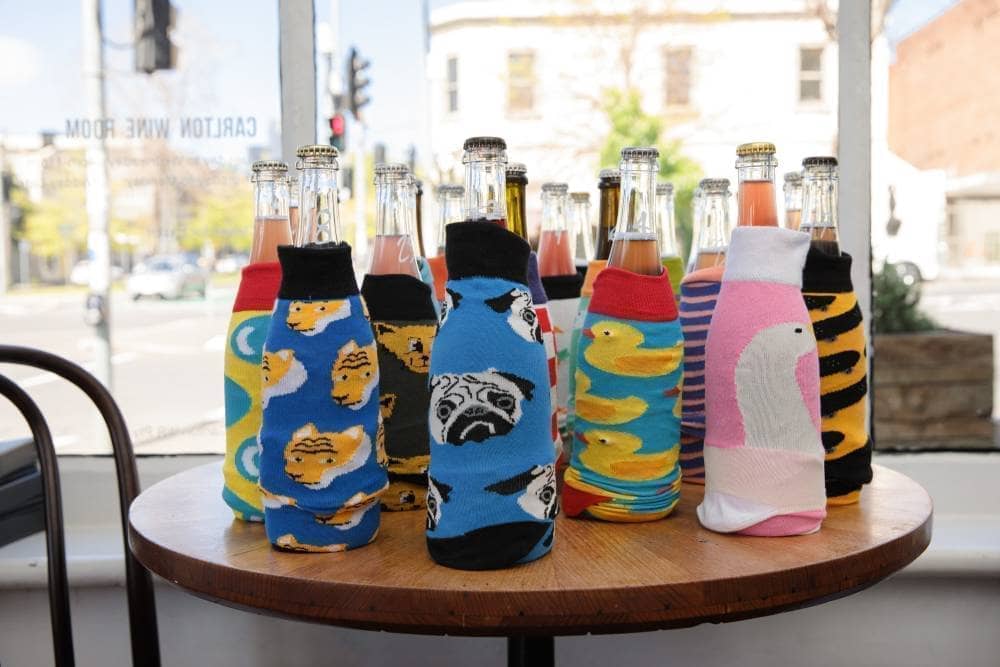Savagnin vines came to Australia by stealth, mistaken for Iberian heavyweight albariño, but what caused much angst at the time has evolved into something quite serendipitous, with makers referencing the grape’s heritage in France’s Jura to make ground-breaking styles.
Also known as
There are official synonyms for savagnin, but it is thought that these names largely apply to variants or mutations of the traminer family. Savagnin is the only name used in this country.
What savagnin tastes like
Many people’s experience with savagnin will be when it is raised under flor yeast, yielding a sherry-like result, nutty, briny and full of umami, with the primary flavours of the grape hard to discern in those wines. Generally, it has a gently floral and citrus profile, with typically bright acidity.
Vineyard & winemaking
Savagnin is a late-ripening, low-yielding grape, which retains acidity well. It can be made as a standard varietal white wine or is often blended with chardonnay in the Jura, France. The grape reaches its heights there when matured under flor yeast either for a short or long time.
Where is savagnin grown?
France’s Jura region to the east of Burgundy and near the border with Switzerland is home country for savagnin. There it goes to making one of France’s most individual wines: Vin jaune (yellow wine). For vin jaune, Savagnin is matured under a veil (voile) of flor yeast, much like sherry, to make wines that have a savoury, nutty complexity with plenty of richness too. Vin jaune ages like this for just over six years, producing wines of singular character, with them often seen as having similar umami character to the local cheese, Comté. Savagnin is also made in a non-oxidative style and is blended with chardonnay as well.
Savagnin around the world
Savagnin is not widely planted at all, with some vines thought to be in Germany and Switzerland, but they are likely closely related mutations.
Savagnin in Australia
Savagnin arrived in Australia quite by accident, with most of the existing vineyards originally established in the belief that the Iberian grape albariño was being planted. Not so, with a mix up in the supplying nursery resulting in savagnin being committed to the soil. It wasn’t until the vines were at commercial production in 2009 that the mistake was uncovered, with plenty of makers already taking advantage of high levels of interest in albariño suddenly needing to relabel to a grape that almost no-one had heard of. Fast-forward, though, and albariño’s moment in the spotlight has dimmed and there is significant interest in the wines of the Jura and savagnin in particular, with several makers, such as Crittenden Estate (who were one of the first to plant albariño/savagnin), now making flor-matured styles, as well as various other interpretations.
Photo of savagnin grapes seen here, courtesy of Crittenden Estate.
Some of the best Australian savagnin
Arfion
Between Five Bells
BK Wines
Crittenden Estate
Golden Ball
Soumah
Tscharke
Yetti and the Kokonut


